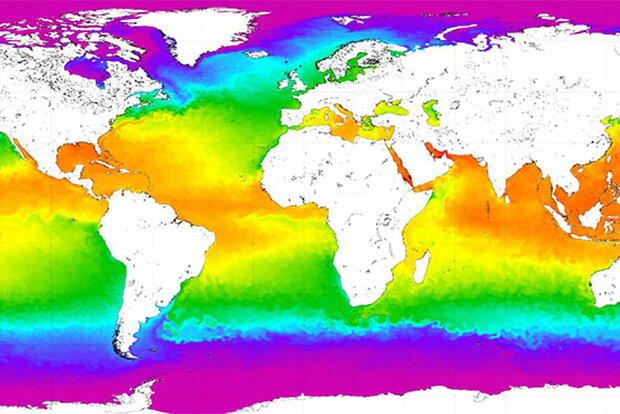Ocean temperature patterns are strongly controlled by ocean forces on a decadal timescale

Ocean temperatures vary considerably between low and high latitudes. Credit: NOAA

Ocean temperatures vary considerably between low and high latitudes. Credit: NOAA
Decadal changes in sea surface temperatures (SST) exert immense influence over global climate patterns, affecting everything from extreme weather events to ocean currents. Yet, understanding what drives these decade-long shifts has remained a puzzle for scientists. Previous research pointed to both atmospheric and oceanic factors, but a new study published in Geophysical Research Letters sheds new light on the drivers. Peng Gu and Zhengyu Liu of The Ohio State University worked with Thomas Delworth of NOAA’s Geophysical Fluid Dynamics Laboratory to analyze the temperature patterns across the world’s oceans. The researchers uncovered a consistent pattern: in the mid- and high latitudes, ocean currents emerge as the dominant force driving changes in sea surface temperatures over long periods of time, overpowering atmospheric influences by two to three times. However, in subtropical regions, atmospheric forces hold more sway. This discovery clarifies the mechanisms behind decadal variations and underscores the pivotal role of oceanic processes in shaping long-term climate trends.